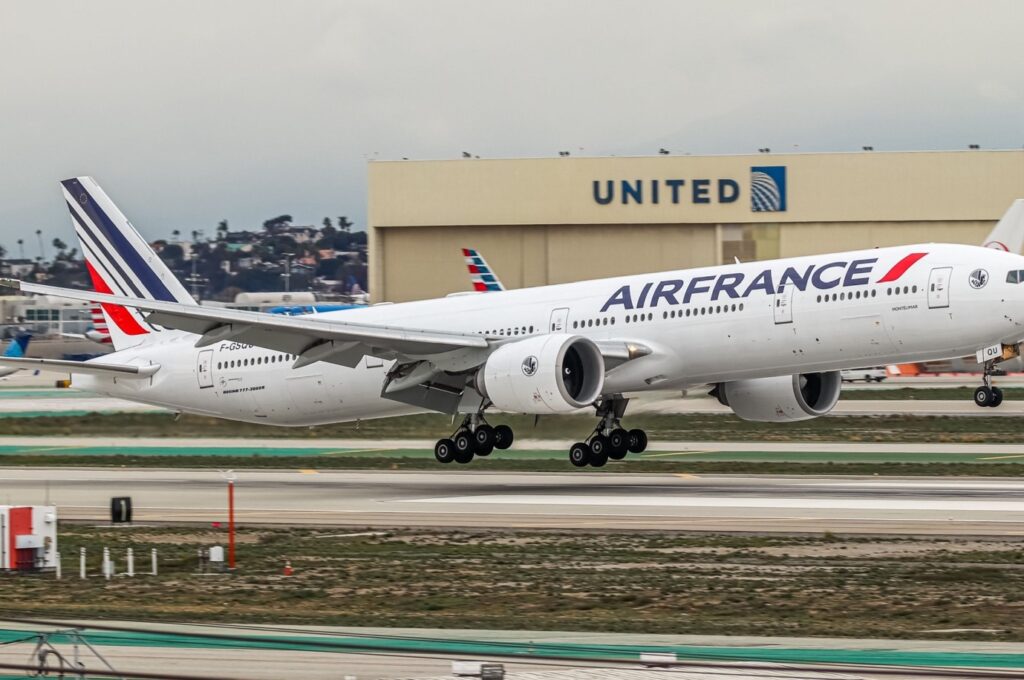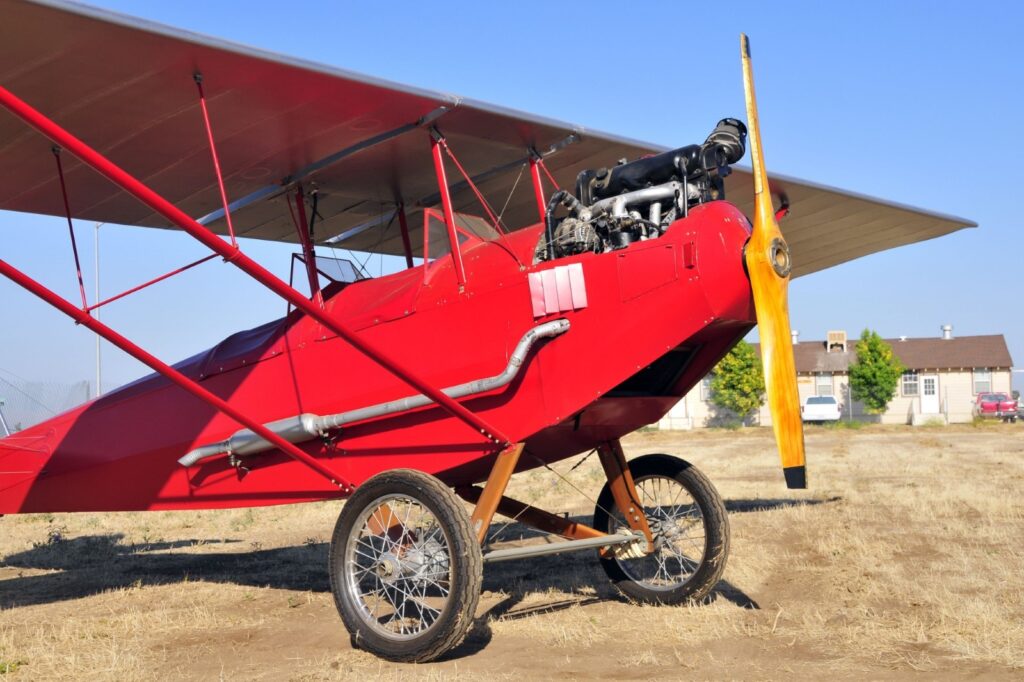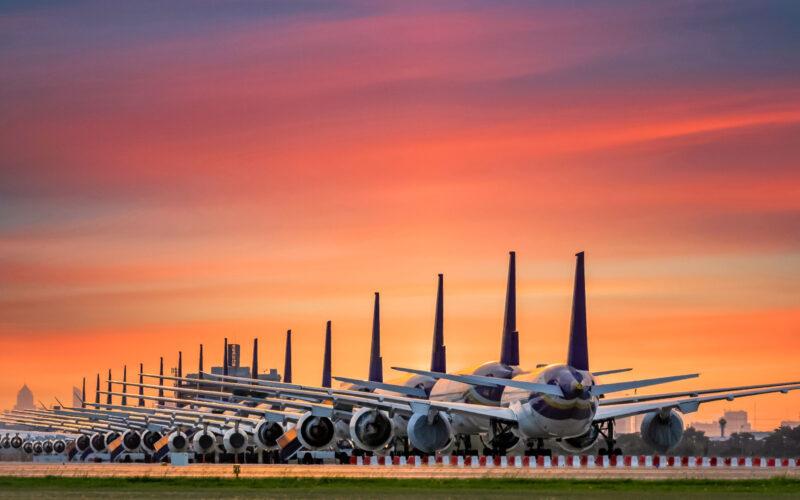The field of aviation can be divided into three main categories: business aviation, commercial aviation, and general aviation. Each of these categories serves specific purposes and encompasses a wide range of aircraft and services.
This article will delve into the nuances of general aviation and compare it with business aviation and commercial aviation, in order to understand their differences, applications and significance within the aviation industry.
Definition and scope
Business aviation
Business aviation refers to the use of private aircraft by corporations, entrepreneurs, executives and high net-worth individuals for business-related purposes. It takes in a variety of aircraft, from small jets to long-range aircraft, which are typically chartered or owned by businesses to meet their specific travel needs.
Commercial aviation
Commercial aviation, on the other hand, involves scheduled passenger and cargo services offered by airlines. These airlines operate a fleet of aircraft to transport paying passengers and goods between various destinations worldwide.
General aviation
General aviation encompasses all civil aviation activities that are not part of commercial or military operations. It includes a diverse range of flying activities, such as private flying, recreational flying, flight training, agricultural aviation, emergency medical services and aerial photography.
Purpose and target audience
Business aviation
The primary purpose of business aviation is to offer flexibility, efficiency and privacy to companies and individuals with demanding travel requirements. Corporate jets allow executives and business personnel to reach remote locations, smaller airports and multiple destinations in a single day, enhancing productivity and time management. It enables face-to-face meetings, confidential discussions and the ability to respond swiftly to business opportunities and emergencies.
Commercial aviation
Commercial aviation caters to the general public and is designed to transport passengers and cargo on scheduled routes. Airlines provide mass transportation services, offering a wide range of destinations and regular flight schedules. Commercial aviation plays a crucial role in tourism, trade and the global economy, connecting people and goods across continents.
General aviation
General aviation serves a diverse array of purposes and audiences. It caters to private pilots, recreational fliers, flight schools, aerial surveyors, humanitarian organizations, law enforcement bodies, and more. It offers a wide range of services, from leisure flying to specialized missions and emergency responses.
Aircraft types and size
Business aviation
In business aviation, various aircraft types are available to meet a whole assortment of needs. These range from light jets, such as the Cessna Citation and Embraer Phenom, suitable for short trips with a few passengers, to mid-size and super-midsize jets like the Gulfstream G280 and Bombardier Challenger, which offer longer-range capabilities and increased passenger capacity. For intercontinental travel and ultra-long-range missions, large-cabin jets like the Dassault Falcon and Bombardier Global series are preferred choices.
Commercial aviation
Commercial aviation operates a huge variety of aircraft, ranging from regional jets and narrow-body airliners, such as the Boeing 737 and Airbus A320 families, to wide-body aircraft like the Boeing 777 and Airbus A350, capable of long-haul flights. These aircraft are configured to carry a large number of passengers and typically offer various class options, catering to different budgetary requirements and comfort preferences.

General aviation
General aviation encompasses a diverse fleet of aircraft, including single-engine piston planes, multi-engine propeller aircraft, helicopters such as Bell 407, and light sport aircraft. It also includes specialized planes like agricultural aircraft such as Thrush 510G, air ambulances such as Pilatus PC-12, and experimental aircraft.
Accessibility and flexibility
Business aviation
One of the significant advantages of business aviation is its flexibility. Private aircraft can utilize smaller airports, reducing travel time and allowing access to destinations not served by commercial airlines. Moreover, business aviation permits passengers to create personalized itineraries, departing at their convenience and adapting to last-minute changes without the constraints of commercial flight schedules.
Commercial aviation
Commercial aviation offers extensive accessibility, with airlines operating regular routes to numerous cities worldwide. Passengers have the option to book flights well in advance, choosing from multiple airlines, routes, and timings to suit their travel plans. However, compared to private jets, commercial flights are subject to fixed schedules, potential delays, and longer check-in and security procedures.
General aviation
General aviation offers considerable flexibility for private pilots and aircraft owners. They can fly to various destinations, including small airports and airfields, which are often inaccessible to commercial flights. This flexibility is especially beneficial for recreational fliers and those with specific flying interests.
Cost and economics
Business aviation
The cost of business aviation can be substantial, as it involves owning or chartering private aircraft, operational expenses and maintenance. However, for businesses that frequently require executive travel or specialized transportation, the efficiency gains, productivity benefits and the ability to conduct business in flight can outweigh the expense.
Commercial aviation
Commercial aviation offers a more cost-effective option for individual travelers and those not requiring the flexibility and privacy of private jets. Airlines can leverage economies of scale, spreading costs across a larger number of passengers, resulting in lower ticket prices. Frequent fliers can also benefit from loyalty programs and discounts.
General aviation
The costs in general aviation can vary widely depending on factors such as aircraft type, ownership and usage. Owning a small piston aircraft for personal use might be relatively affordable for some individuals, while operating larger aircraft or engaging in specialized missions can be far more expensive.

Safety and regulations
Business aviation
Business aviation adheres to rigorous safety standards and regulations, much like commercial aviation. Aircraft are maintained to high standards, and pilots undergo thorough training and recurrent evaluations. Private jet owners and charter operators often choose experienced crews and utilize advanced technologies to ensure safe operations.
Commercial aviation
Commercial aviation is subject to stringent safety regulations imposed by aviation authorities such as the Federal Aviation Administration (FAA) and the European Union Aviation Safety Agency (EASA). Airlines follow standardized procedures, maintenance protocols and international aviation safety standards, making air travel one of the safest modes of transportation.
General aviation
In general aviation, safety is also paramount, and pilots undergo training appropriate to their flying activities. It is subject to regulations but may have some flexibility compared to the commercial aviation sector due to the diverse range of operations.


